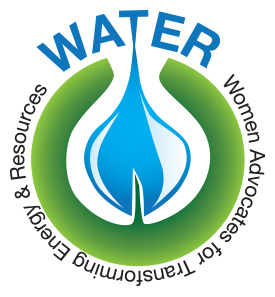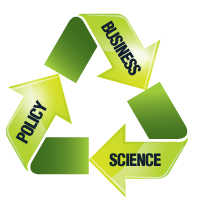 CLIMATE CHANGE IN THE ARCTIC
CLIMATE CHANGE IN THE ARCTIC
Nov. 8, 2016
BY FANNEY HRAFNSDÓTTIR
My thoughts on the current situation in the Arctic are that, although much has been done recently to help to preserve the unique habitats of endangered animal species and indigenous peoples, a lot more needs to be done in the future. There is no doubt that civil society worldwide needs to help take more action as soon as possible and push for changes. Governments are already doing a good and valuable job trying to lessen the damage from climate change, in the Arctic and all over the globe as well, through bargaining, regulation, and agenda setting.
I think that civil society needs to realize that it can have an impact on the fight against climate change by helping people choose a more environmental- friendly living standard, even though pollution from a regular household (especially in western societies) is not the biggest problem we are facing. Emissions from big industries and factories, along with emissions from transporting goods via shipping and inland modes, are what must be addressed. As fossil fuel consumption is bad for the environment and climate both because of the manufacturing process and emissions from vehicles, it is important to invest in building and transforming renewable resources for a cleaner future for all.
In recent times there has been recognition among people and governments around the world that climate change and changes in the environment in the Arctic affect not only the Arctic, but the world as a whole. The melting of ice caps in the Arctic and the Greenland Glacier, with big glaciers in Iceland causing sea levels to rise, and the thawing of the tundra in Siberia and North America, which releases toxic gasses into the atmosphere, are aspects that concern every human being on Earth.

 (202) 460-2229
(202) 460-2229
 Join Us On Facebook
Join Us On Facebook Join Us On Twitter
Join Us On Twitter Join Us On In.com
Join Us On In.com Subscribe to Our Blog
Subscribe to Our Blog